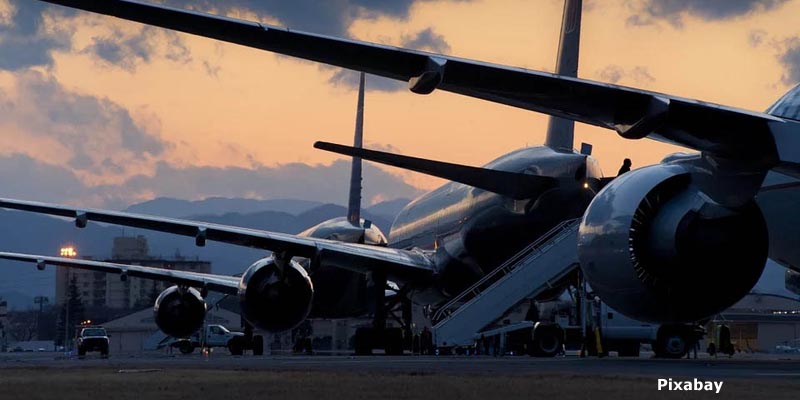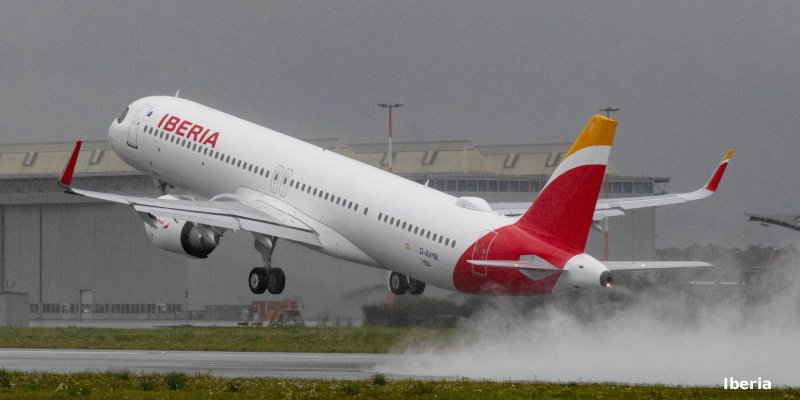The aviation sector continues to demonstrate its commitment to safety, although the year 2024 presented significant challenges. According to the Annual Safety Report by the International Air Transport Association (IATA), the industry recorded solid overall performance, albeit with a setback compared to the exceptional year of 2023. This report, which analyzes key data and trends, reveals both progress and areas requiring urgent attention.
Key Security Statistics in 2024
In 2024, there were 40.6 million flights, with an accident rate of 1.13 per million flights (one accident every 880,000 flights). Although this figure is better than the five-year average (1.25), it represents an increase compared to the rate of 1.09 recorded in 2023.
- Fatal Accidents: There were 7 fatal accidents, a significant increase compared to the single fatal accident in 2023 and the five-year average of 5.
- Onboard Fatalities: 244 deaths were reported, compared to 72 in 2023 and the five-year average of 144.
- Fatality Risk: Although the fatality risk remained low at 0.06, it is double the 0.03 recorded in 2023.
Willie Walsh, Director General of IATA, emphasized that, despite recent high-profile accidents, aviation incidents remain extremely rare. A decade ago, the five-year average (2011-2015) was one accident per 456,000 flights; today, that figure has improved to one accident per 810,000 flights.
→ IATA expects air transport in Latin America to generate 1.3 billion in profits in 2025
Key Data in the Report
Conflict Zones: A Growing Risk
The shooting down of two aircraft in conflict zones (Kazakhstan with 38 fatalities and Sudan with 5) underscores the importance of the Safer Skies initiative, established following the tragedy of Ukraine International Airlines Flight PS752. These incidents, although not included in safety statistics, are a critical concern that requires global coordination.
Most Common Types of Incidents
Tail strikes and runway excursions were the most frequent accidents in 2024, highlighting the need to reinforce safety measures during takeoff and landing. Fortunately, there were no accidents due to controlled flight into terrain (CFIT).
Airline Performance
Airlines registered in the IATA Operational Safety Audit (IOSA) had an accident rate of 0.92 per million flights, significantly lower than the rate of 1.70 for non-IOSA airlines.
GNSS Interference: An Emerging Threat
One of the most concerning findings of the report is the significant increase in interference with Global Navigation Satellite Systems (GNSS). Between 2023 and 2024, interference incidents increased by 175%, while GPS spoofing cases surged by 500%.
Countries such as Turkey, Iraq, and Egypt are the most affected by this phenomenon, which can disorient aircraft navigation systems. Although backup systems exist, this practice represents an unacceptable risk to civil aviation.
Walsh urgently called on governments and air navigation service providers to improve situational awareness and ensure that airlines have the necessary tools to operate safely in all regions.
Regional Performance
North America: Improved its accident rate to 1.20 per million sectors, with 12 accidents in 2024. The fatality risk remained at zero since 2020.
Asia-Pacific: Recorded 7 accidents, with a rate of 1.04, below the five-year average of 1.10.
Africa: With 10 accidents, the rate of 10.59 exceeded the five-year average of 8.46, although the fatality risk remained at zero.
Europe: The accident rate increased slightly to 1.02, with 9 accidents and a fatality risk of 0.03.
Latin America and the Caribbean: Recorded 5 accidents, with a rate of 1.77, better than the five-year average of 2.00, but with an increase in fatality risk to 0.35.
Related Topics
Allegiant Expands Network with 30 New Nonstop Routes and Four New Cities
Iberia to Fly Between Madrid and Toronto Starting in June with Airbus A321XLR
FAA Lifts All Flight Restrictions Imposed During U.S. Government Shutdown
Arajet Inaugurates New Route Between Punta Cana and Chicago

Un apasionado por la aviación, Fundador y CEO de Aviación al Día.




